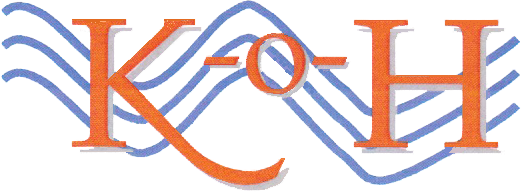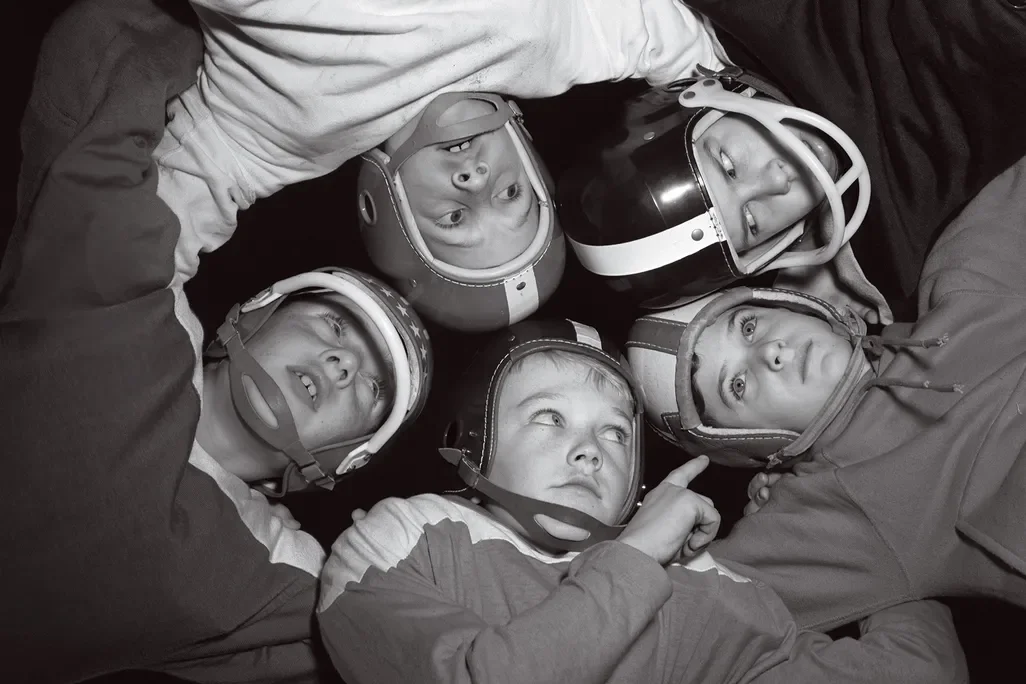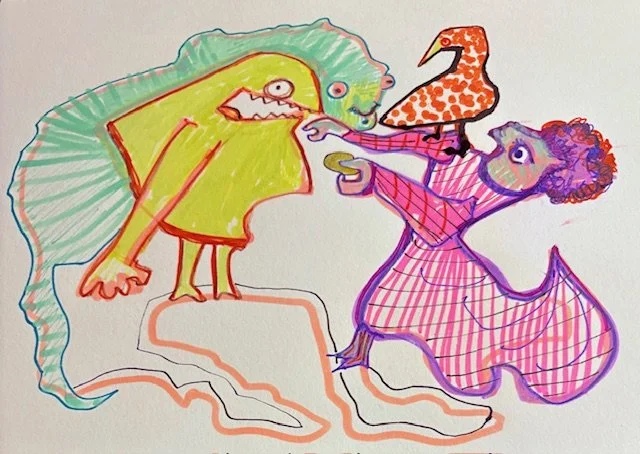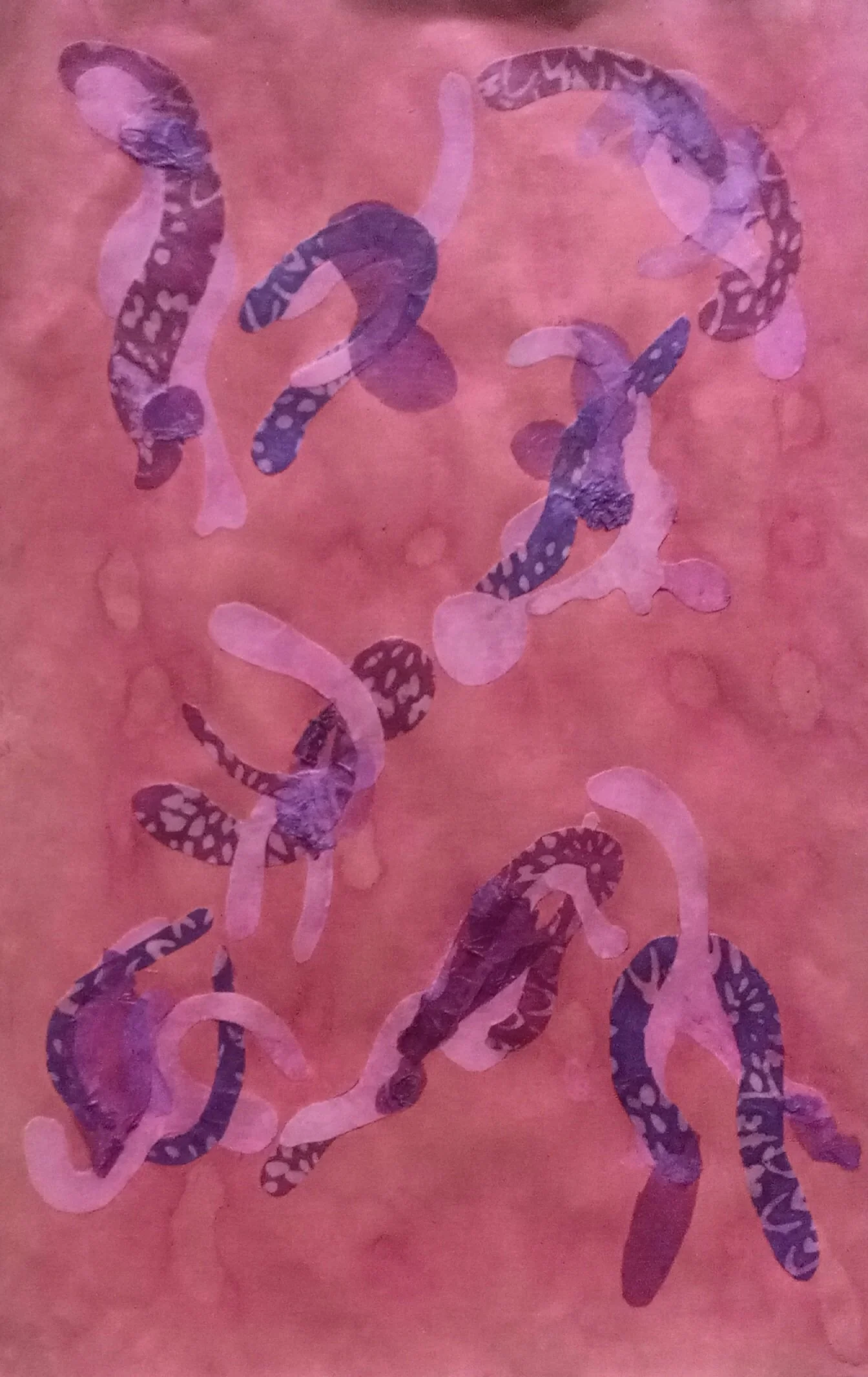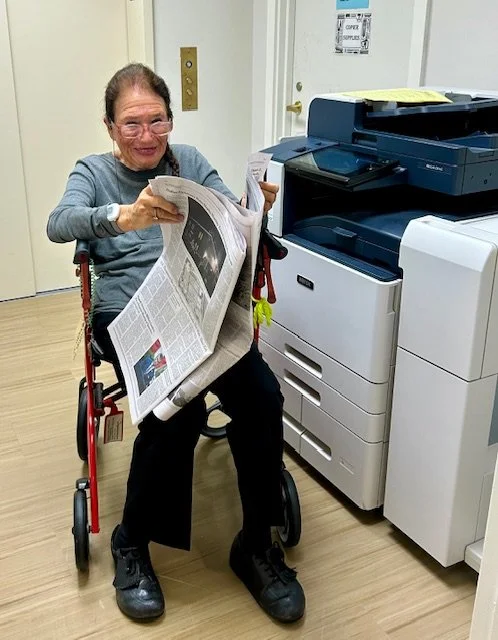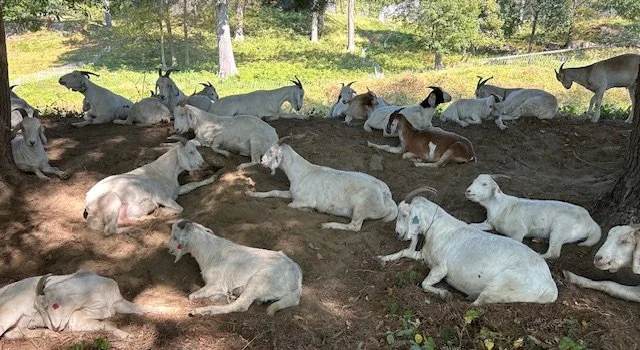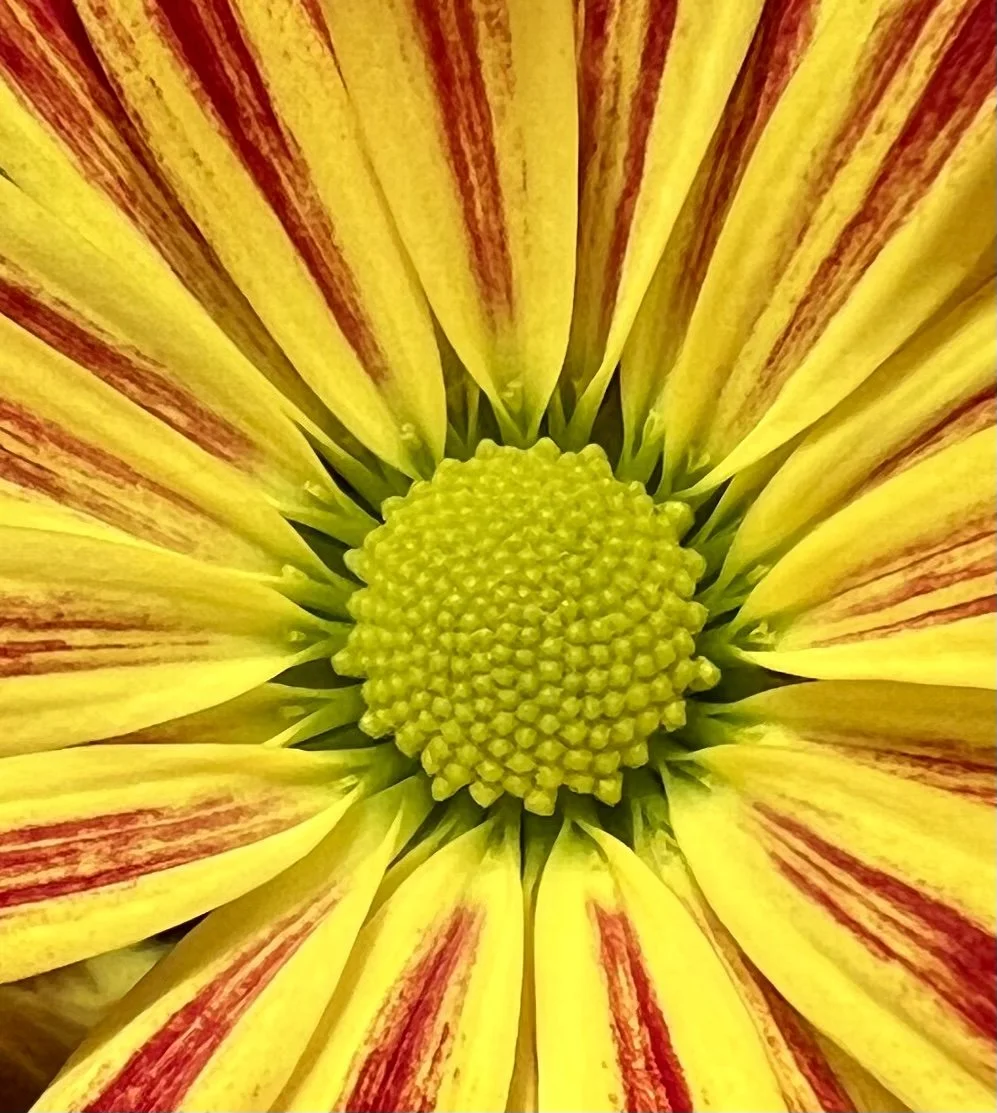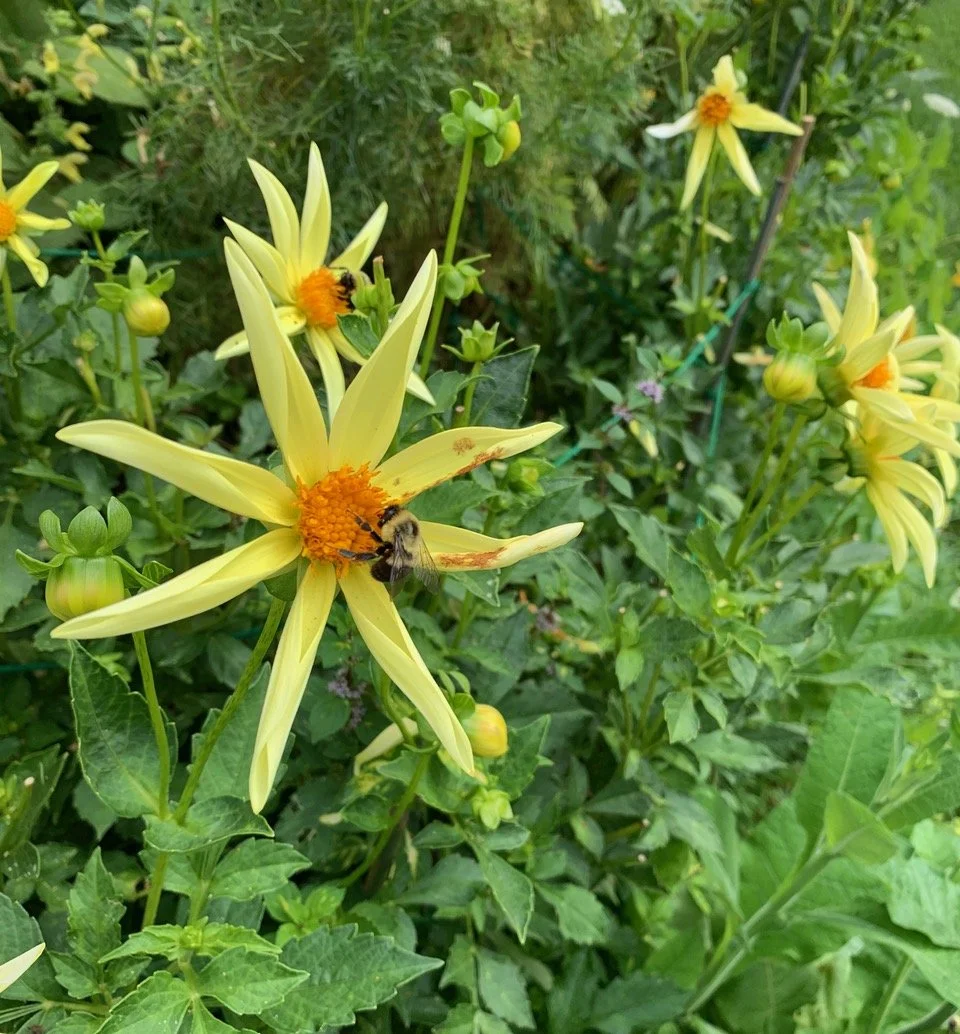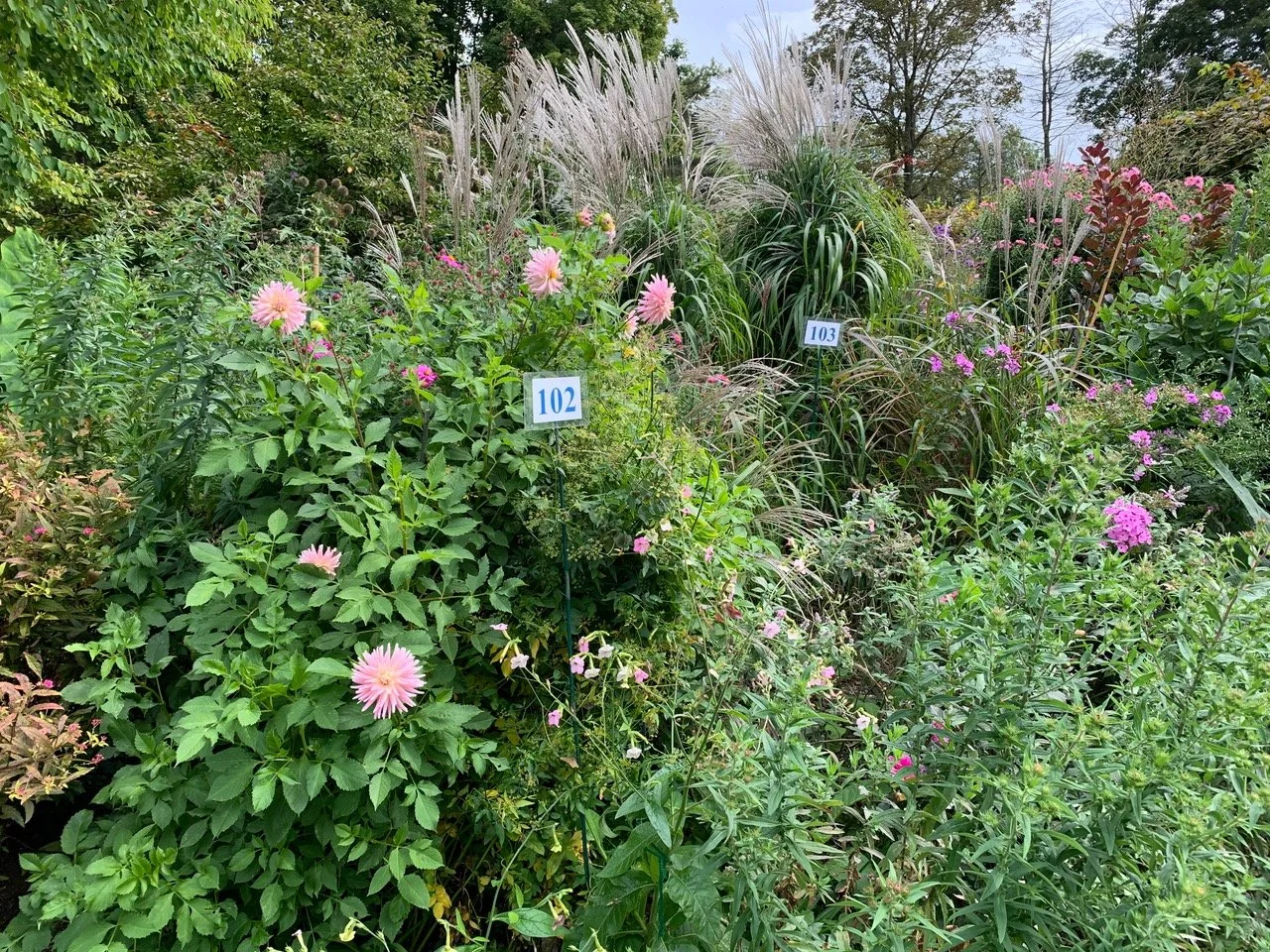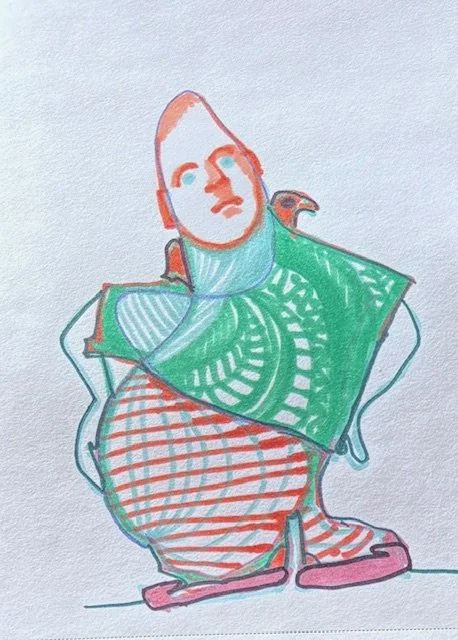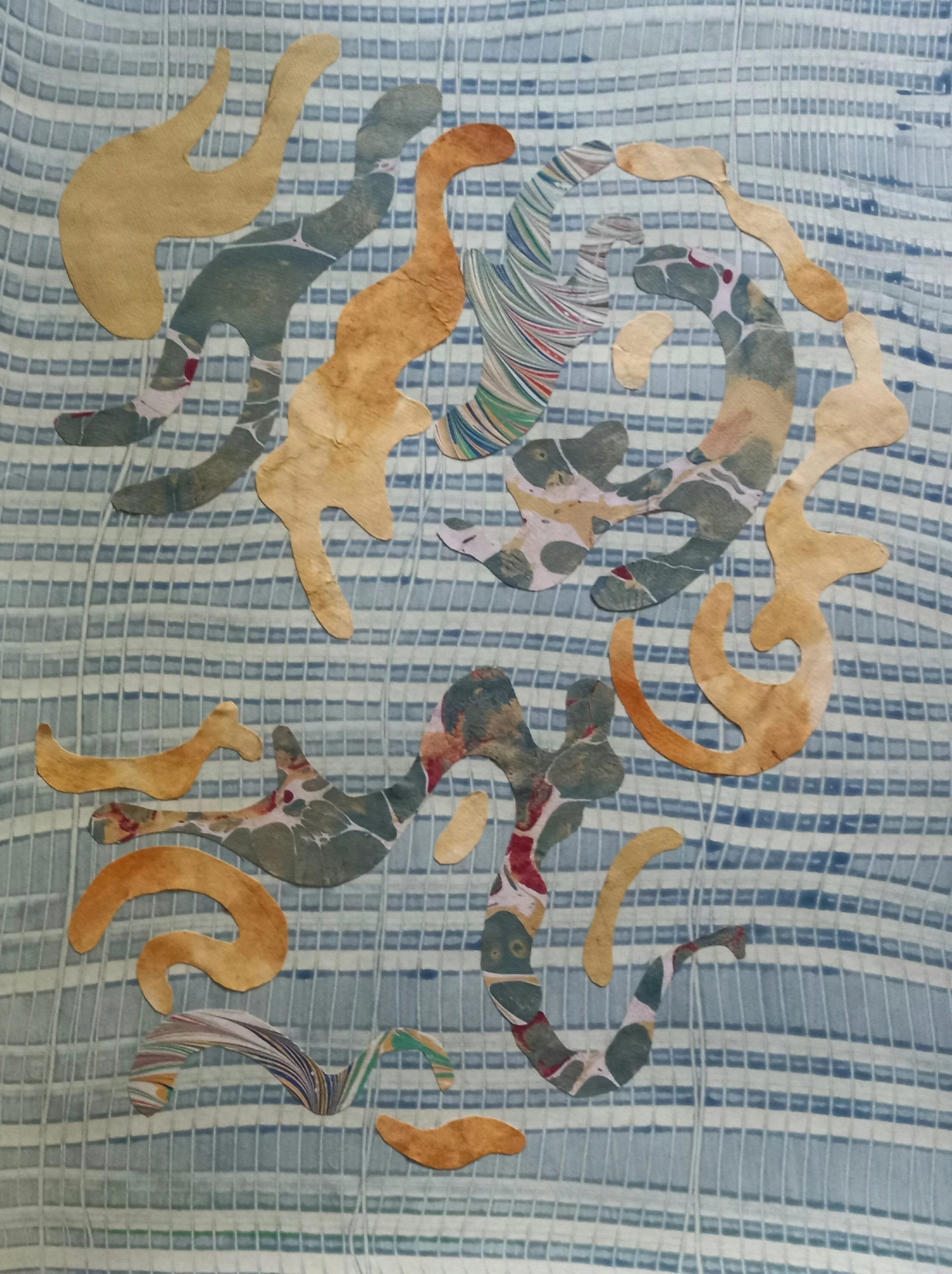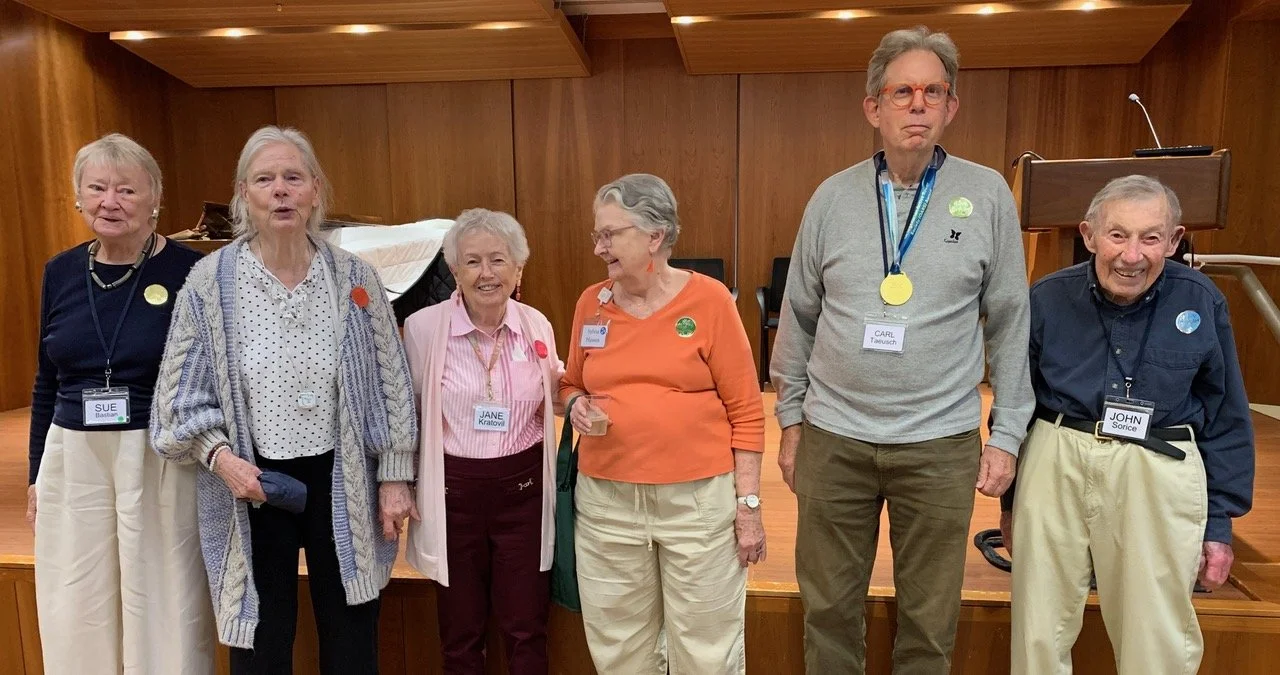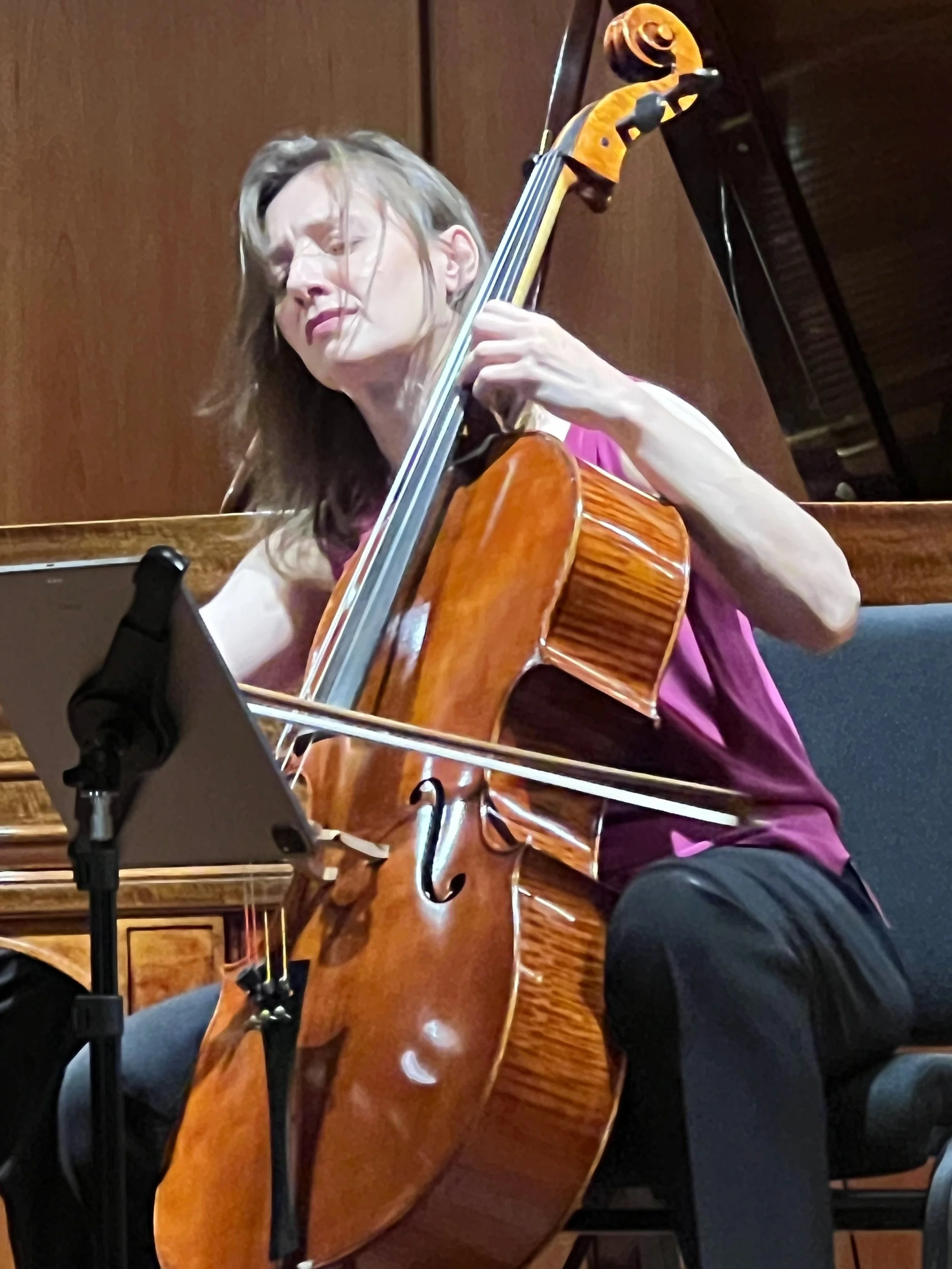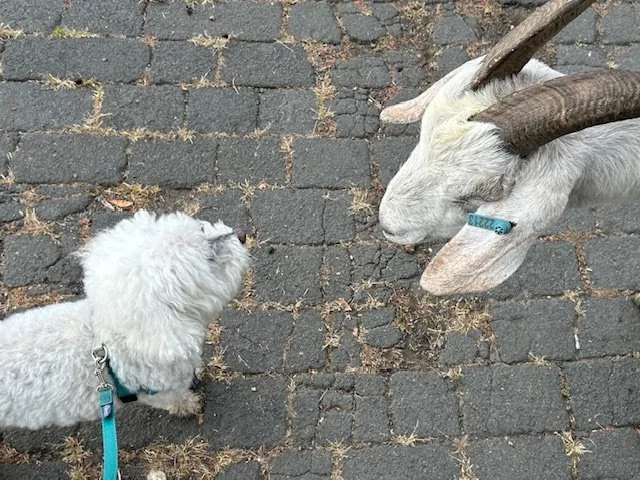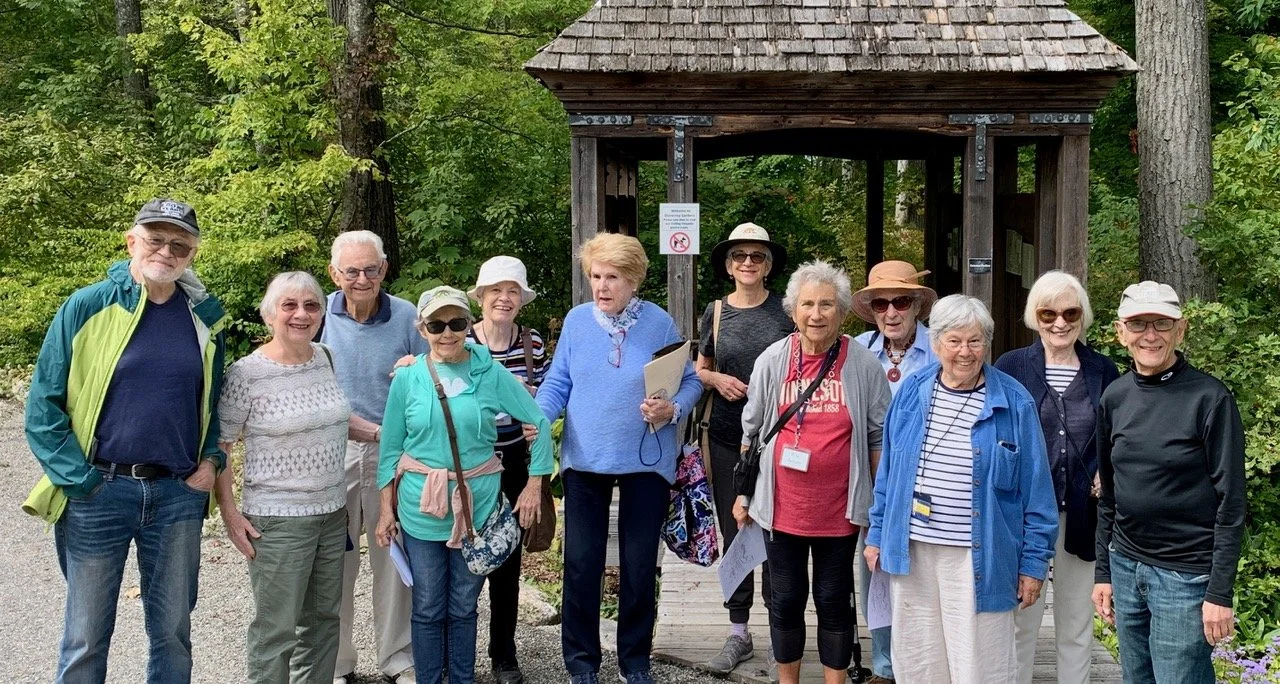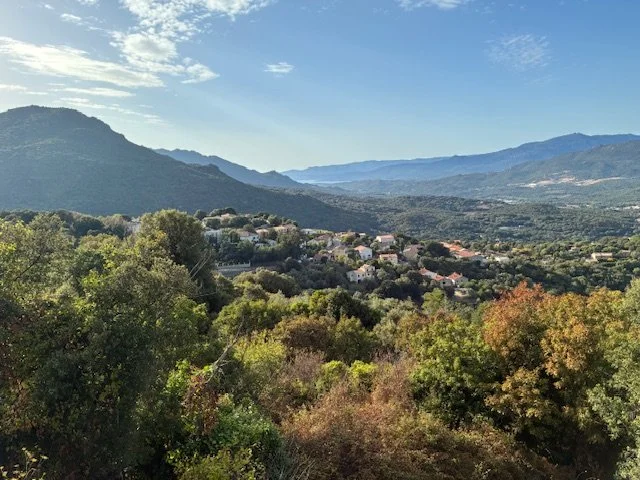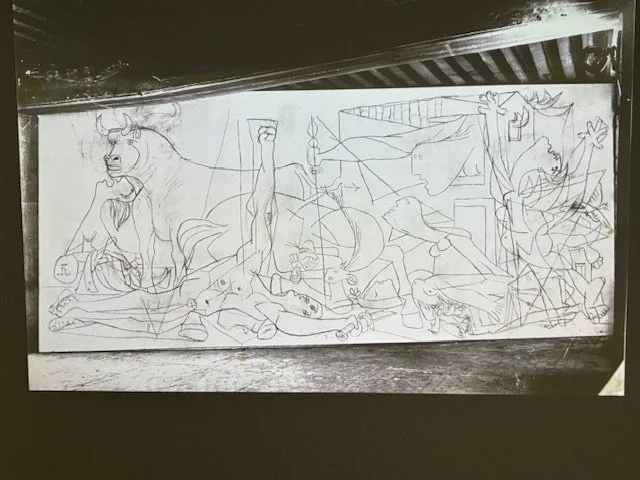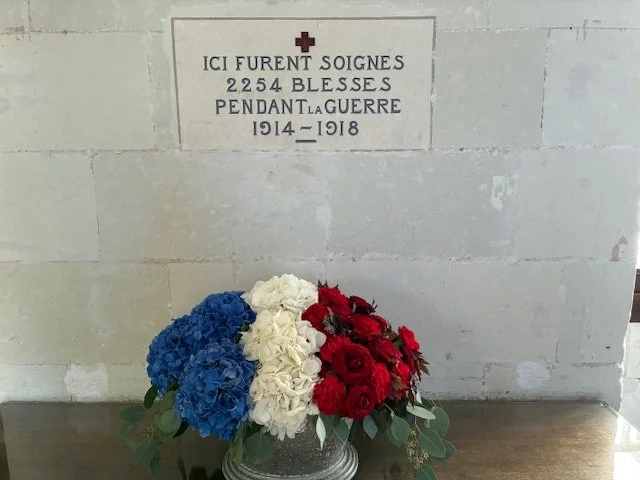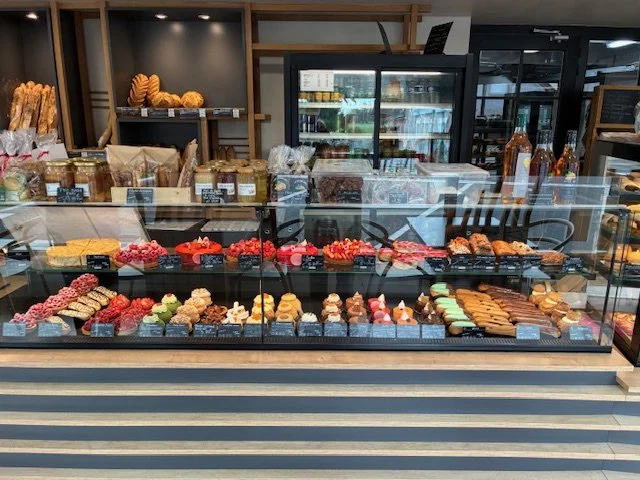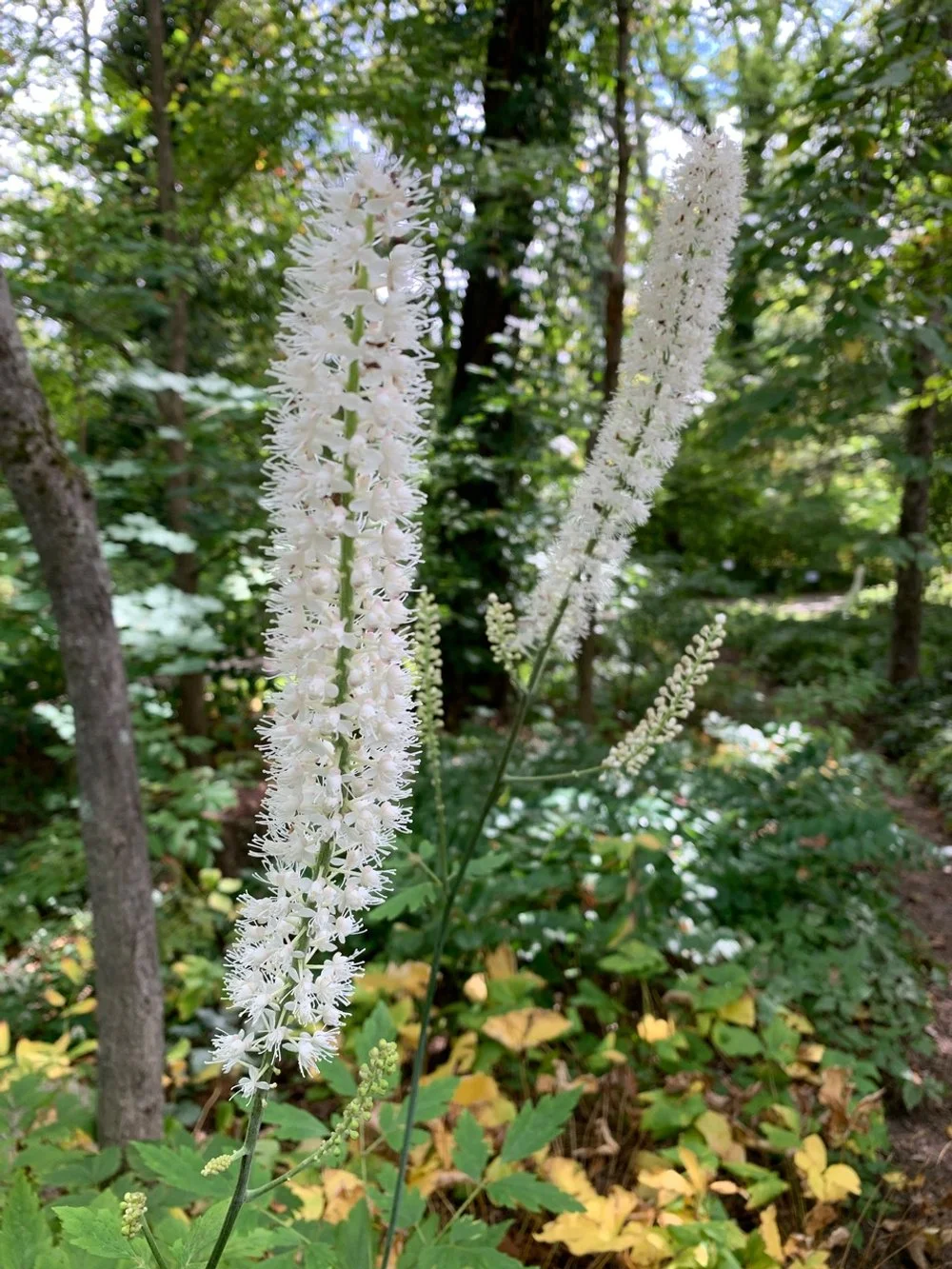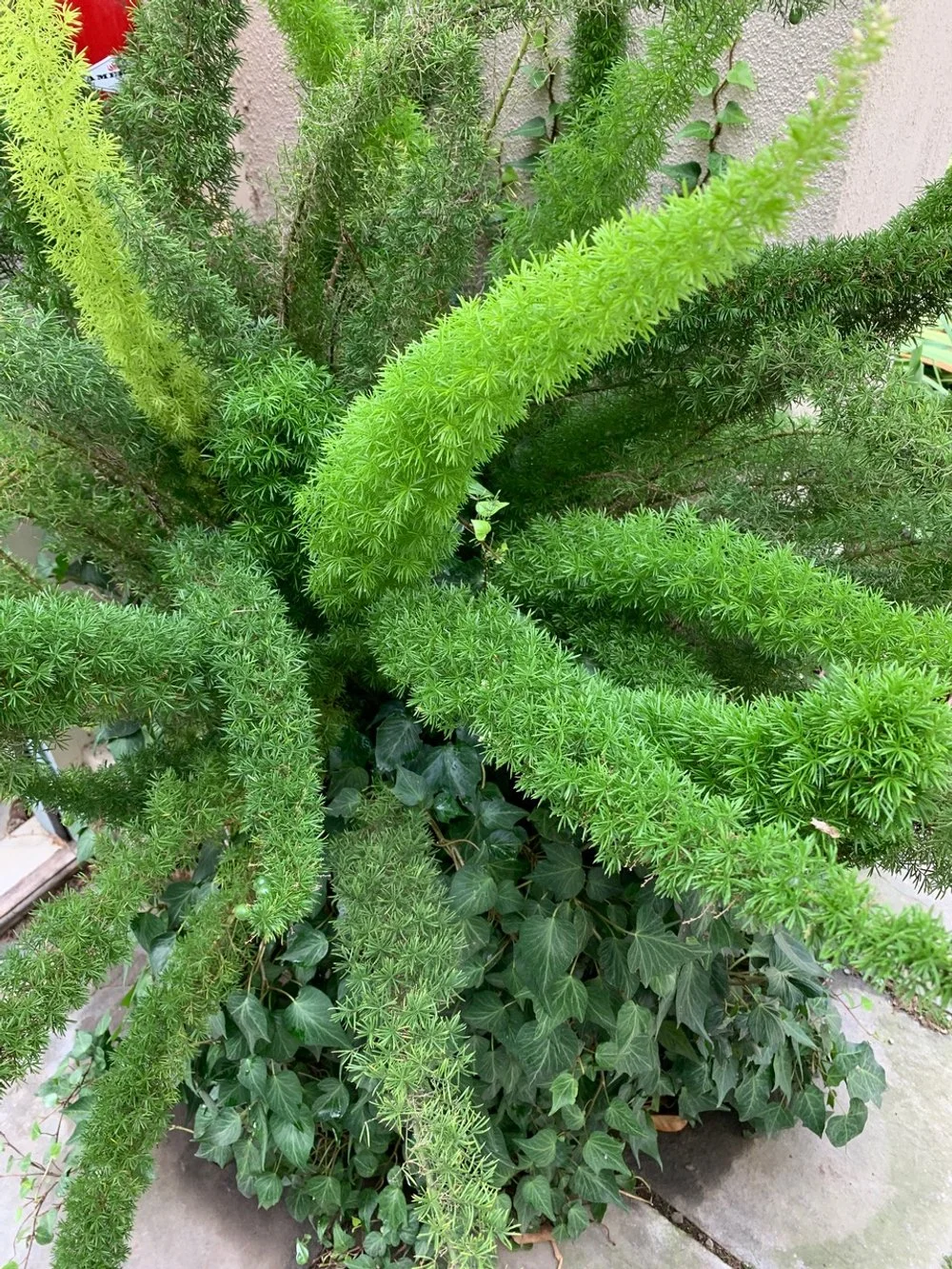BEAUTY PARLOR: A place where women curl up and dye.
CHICKENS: The only animal you eat before they are born and after they are dead.
COMMITTEE: A body that keeps minutes and wastes hours.
DUST: Mud with the juice squeezed out.
EGOTIST: Someone who is usually me-deep in conversation.
HANDKERCHIEF: Cold Storage.
INFLATION: Cutting money in half without damaging the paper.
MOSQUITO: An insect that makes you like flies better.
RAISIN: A grape with a sunburn.
SECRET: A story you tell to one person at a time.
SKELETON: A bunch of bones with the person scraped off.
TOOTHACHE: The pain that drives you to extraction.
TOMORROW: One of the greatest labor-saving devices of today.
YAWN: An honest opinion openly expressed.
WRINKLES: Something other people have . . . similar to my character lines.
OLD: I very quietly confided to my friend that I was having an affair. She turned to me and asked, “Are you having it catered?” And that, my friend, is the definition of OLD!
Contributed by Barbara Wallach
